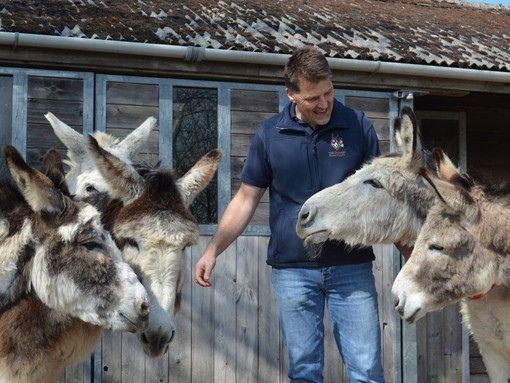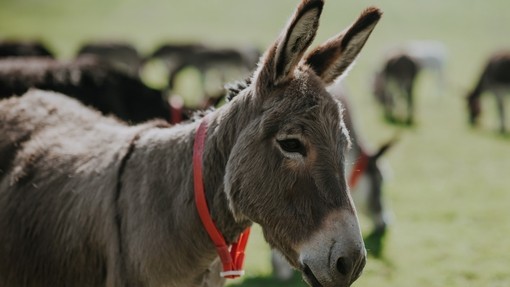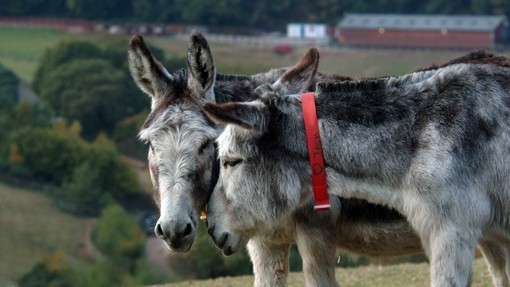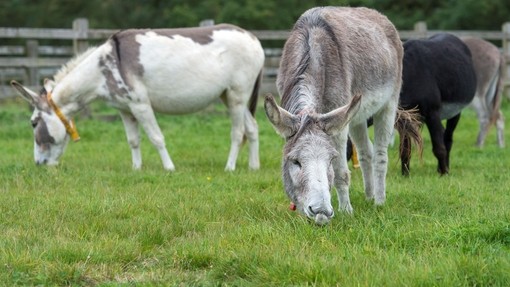
What are the differences
Donkeys behave similarly to horses because they’re both flight animals and nervous about new experiences.
When fearful, donkeys and horses can defend themselves by running away or, when they can’t escape, by kicking, bucking, rearing or biting. However, both species deal with situations differently.
Due to the donkeys’ evolutionary ancestry, their body language tends to be more subtle and, therefore, more challenging to read than a horse’s. When scared, donkeys may move a short distance before turning to face whatever is worrying them.
These differences in behaviour mean that a donkey’s subtle body language is often missed or incorrectly labelled as stubbornness.
A donkey’s stoic nature, reduced flight mechanism and tendency to show fewer fear signals, gives the appearance of them freezing before choosing to use their flight or fight response.
Donkeys have a great sense of self-preservation and show less obvious signs of pain and discomfort, meaning understanding their behaviour is extremely important to spot any health issues they may be experiencing.
Donkeys can also show territorial behaviour that we don’t see in horses, which means donkeys in their field might chase small animals such as dogs, sheep and goats. In some countries donkeys are kept alongside other livestock as they will react when a potential predatory animal is nearby.
Donkeys, just like horses, can bond very strongly to their companions, but the difference in separating bonded pairs of donkeys can lead to a potentially fatal condition called hyperlipemia.
Although they seem different, and donkeys are certainly not small horses with big ears, there is a lot we can learn about horse behaviour from watching donkeys.
When we learn to read the donkeys’ subtle communication and understand the effects of bonding on their behaviour and apply this to horses, we become much better at recognising their differences.
If you are seeking advice on donkey behaviour, please contact us.
Share this page
Tags
- Blog






